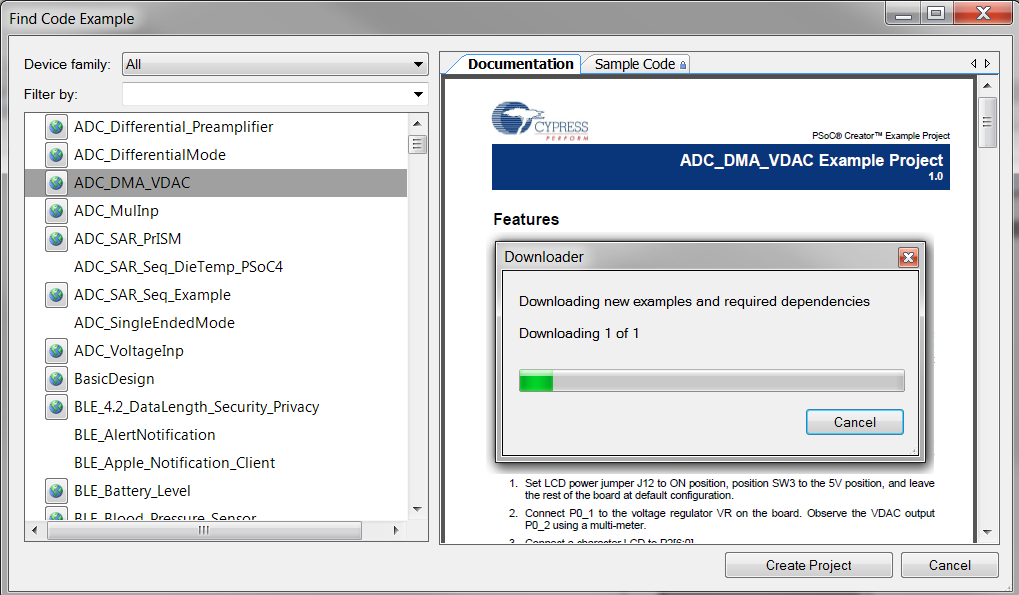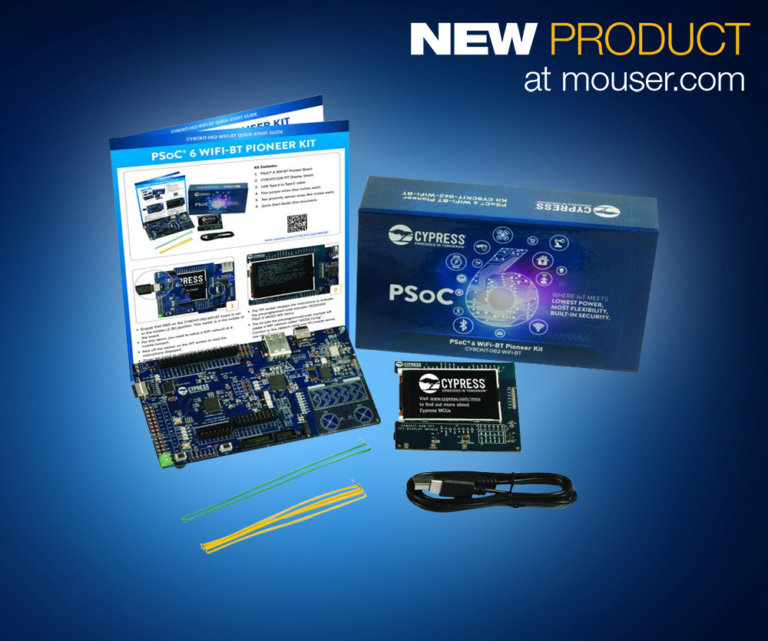

#Psoc software software
There are operational amplifiers inside a PSoC that can be programmatically switched-that is, you can build different analog blocks on them.Īs for PSoC Creator, this free Windows-based IDE is the second generation of software to create applications for PSoC 3/4/5 devices. Numerous other elements can be optionally integrated with a PSoC.ĭifferent PSoC families have different processor cores (PSoC 3 has MCS-51, PSoC 4 – Cortex M0, PSoC 5LP – Cortex M3, PSoC 6 – Cortex M0 + Cortex M4, etc.) and sets of programmable digital and analog logic (the latter is enabled by built-in analog switches). PSoCs are single-chip systems that work on several processor cores, DDR controllers, input-output subsystems, buses, and crossbars.

These capabilities allow implementing the processing of both analog and digital signals. The PSoC chip (Programmable System on a Chip) is a microcontroller with a built-in array of analog-to-digital resources. The PowerPSoC family integrates four constant-current regulators and four 32V MOSFETs with a PSoC.First off, let’s recall what PSoC is and how it can be used. The PowerPSoC family of integrated embedded power controllers is a single-chip solution for both controlling and driving high-power LEDs. TrueTouch devices support projected capacitive touchscreens, which offer better optical clarity and are more durable and reliable than touchscreens based on resistive technology. The PSoC-based TrueTouch touchscreen solution interprets up to 10 inputs from all areas of the screen simultaneously. The PSoC-based CapSense capacitive sensing function offers single-chip integration of multiple buttons, sliders, touchpads, and proximity detectors, requiring no external components for sensing. Cypress offers free online PSoC training. Developers can save as much as $10 in system costs. A single PSoC device can integrate as many as 100 peripheral functions. The tool automatically routes all on-chip signals and can even direct I/O to the optimum pins if desired. The PSoC Creator development tool provides a library of dozens of pre-configured analog and digital peripherals that can be dropped into the schematic design canvas and combined into powerful systems. All PSoC devices are also dynamically reconfigurable, enabling designers to morph internal resources on-the-fly, utilizing fewer components to perform a given task. The flexible PSoC resources allow designers to make firmware-based changes during design, validation, production, and in the field.

The original PSoC 1 architecture is based on a cost-optimized M8C 8-bit microprocessor and includes up to 32-kbytes of Flash memory, 2-kbytes of SRAM, an 8x8 multiplier with 32-bit accumulator, power and sleep monitoring circuits, and hardware I☬ communications. PSoC Creator introduces a concurrent hardware/software design paradigm, accepting both schematic and hierarchical input. The PSoC 3 and PSoC 5 design platforms enable simplified migration from 8- to 16- to 32-bits with the newly released PSoC Creator design software. The two new architectures feature high-precision integrated analog with 20-bit resolution and a PLD-based digital system with up to 48 cascading datapaths. The newly introduced PSoC 3 architecture is based on an 8-bit 8051 processor, and the PSoC 5 architecture includes a 32-bit ARM Cortex-M3 processor. PSoC devices integrate configurable analog and digital circuits, controlled by an on-chip microcontroller, providing both enhanced design revision capability and component count savings.

PSoC devices employ a configurable system-on-chip architecture for embedded control design, offering a flash-based equivalent of a field-programmable ASIC without lead-time or NRE penalties.


 0 kommentar(er)
0 kommentar(er)
